The tense and extravagant Baroque period defined the art of the 17th century -- a fascinating look at the art and artists that made up the Baroque style.
The tense and extravagant Baroque movement defined the art of the 17th century. The Baroque Period was distinguished by exaggerated dynamism and clear detail that aimed to create drama and grandeur in sculpture, painting and architecture.
The style is said to have started around 1600 in Rome before spreading across Europe. It was heavily influenced and encouraged by the Catholic church, which used it to communicate religious themes, war imagery, and aristocrats who appreciated the exuberance. The artists of the time focused on depicting natural images, steeped in intense emotions and exaggerated through the play of light and shadow. It was both simplistic and melodramatic in its form, glorifying the church and monarchy.
Though many artists cemented a place for themselves during the movement, the most renowned of the Baroque Period were Michelangelo Merisi da Caravaggio, Peter Paul Rubens and Rembrandt for painting, and Bernini for sculptures.
Baroque Period Artists: Michelangelo Merisi da Caravaggio, 1571 – 1610
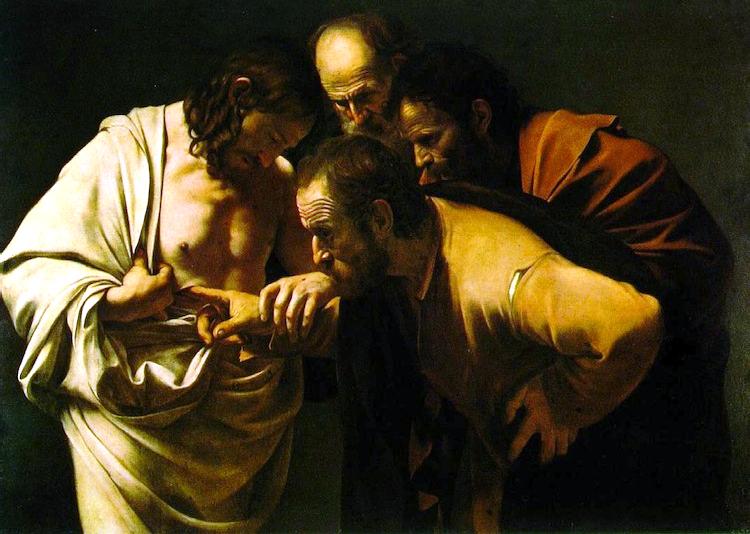
The Incredulity of St. Thomas
Though technically a 16th century artist, the Italian Caravaggio significantly influenced Baroque art. His paintings were a clear departure from the art conventions of Mannerism – the dominant art form of the 16th century – with his dramatic use of light and shadow and his realistic depictions of objects and people.
Caravaggio defined the use of chiaroscuro (artistic play of light and shadows), and through this use he was able to create realistic figures and saturate his art with drama and tension. These elements found their way into the works of the most important Baroque artists.
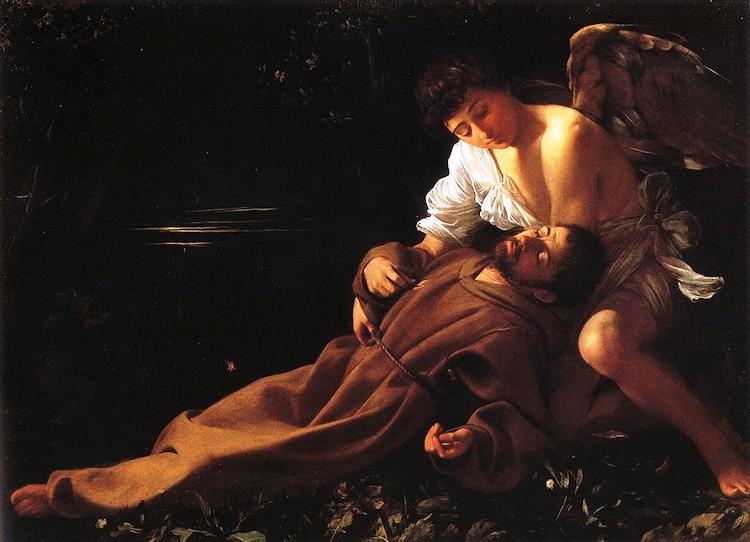
Francis of Assisi
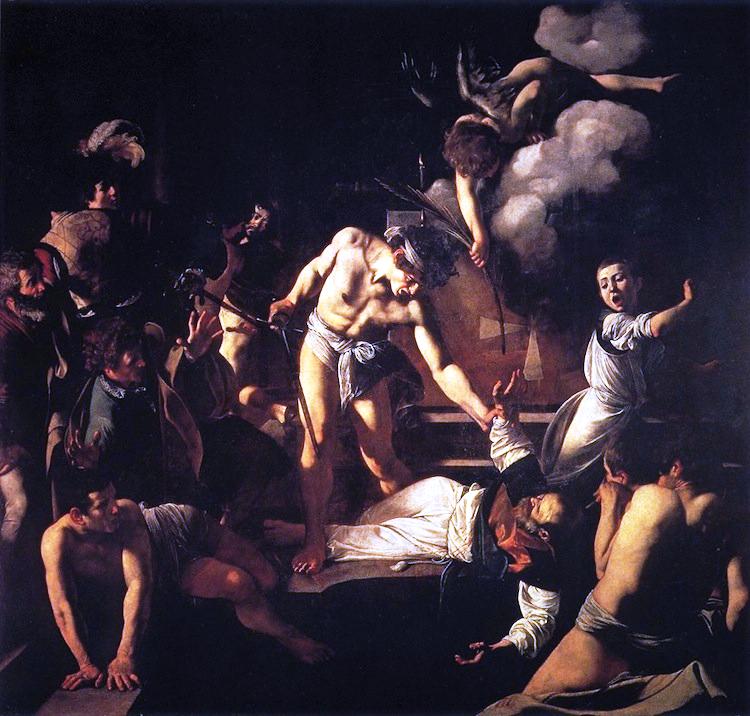
The Martyrdom of St. Matthew
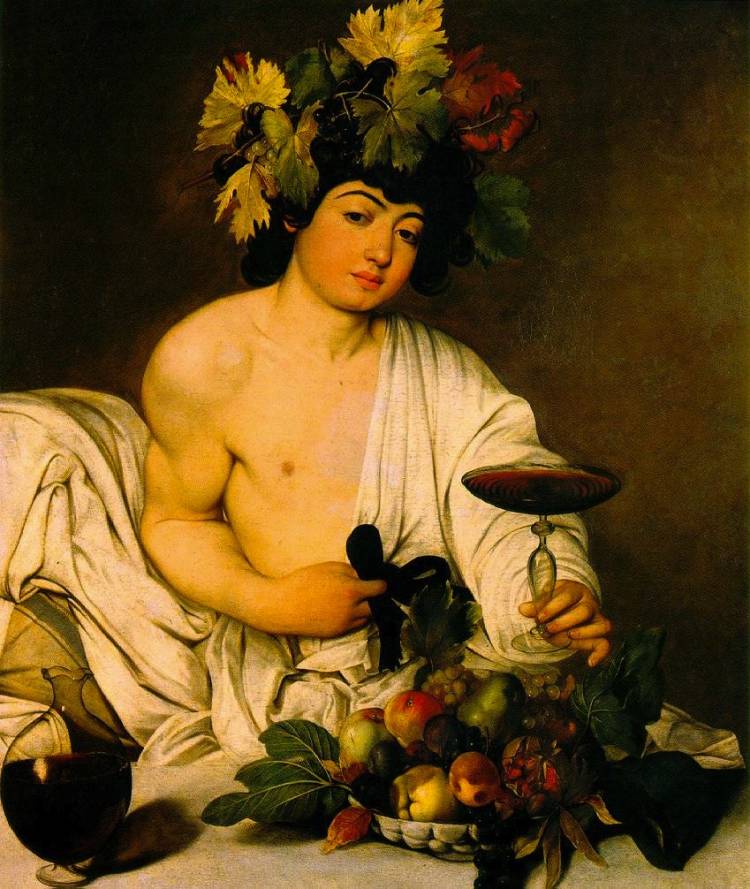
Bacchus
Baroque Period Artists: Peter Paul Rubens, 1577 – 1640
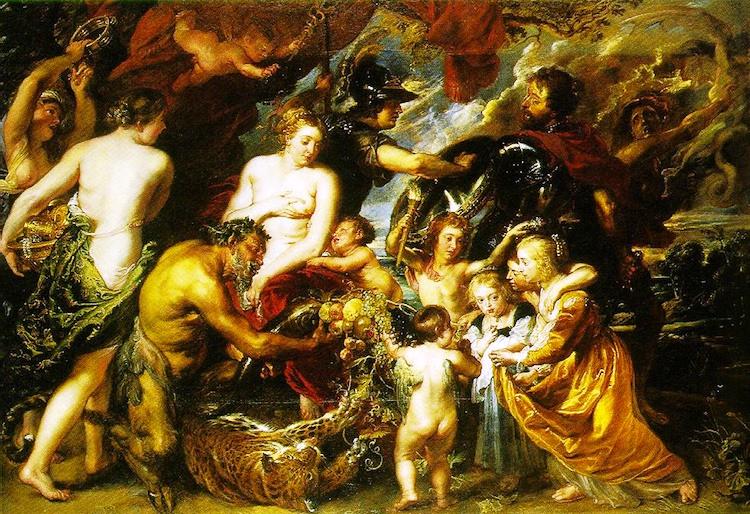
Allegory on the Blessings of Peace
Rubens was a prolific, and possibly the most famous, Baroque painter. His style mirrored Caravaggio closely and his work usually depicted religious figures. The main distinguishing element of Rubens art was the extreme emotion it expressed, but with minimal detail. He also had a penchant for painting curvaceous women, which gave rise to the term “Rubenesque” for full-figured women.
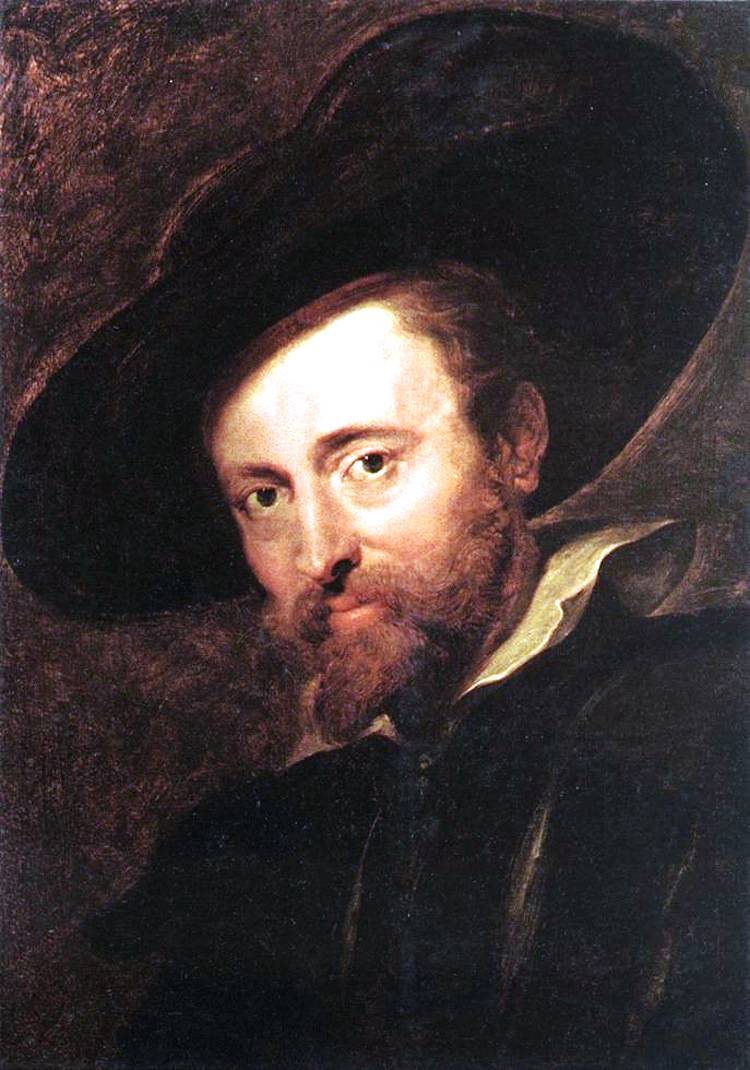
Self-portrait
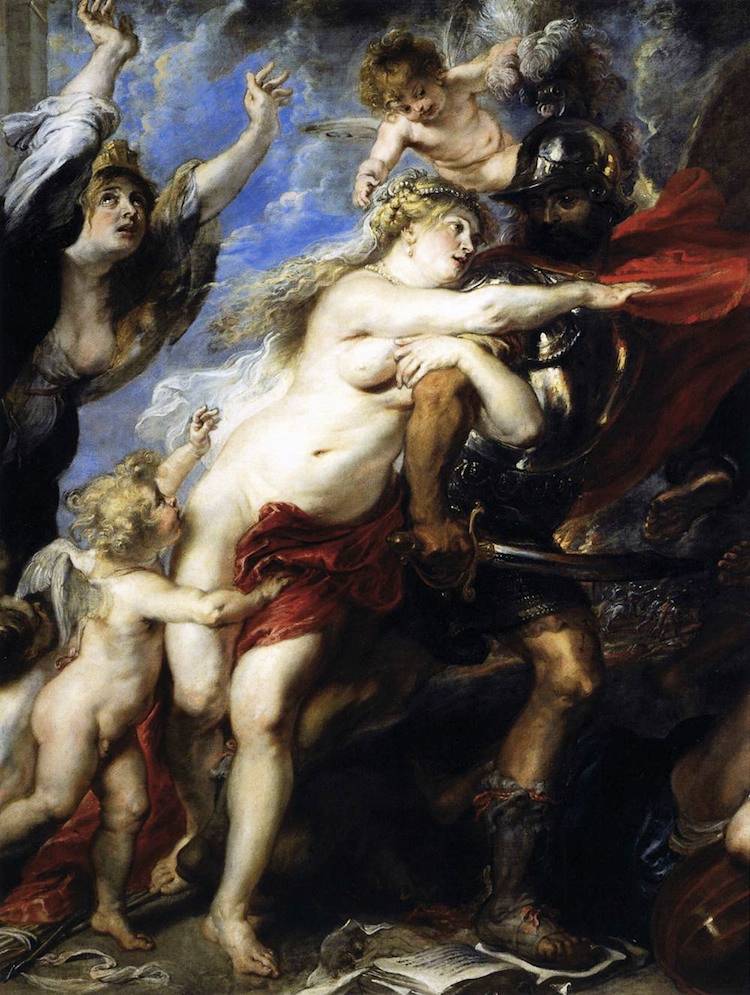
Consequences of War
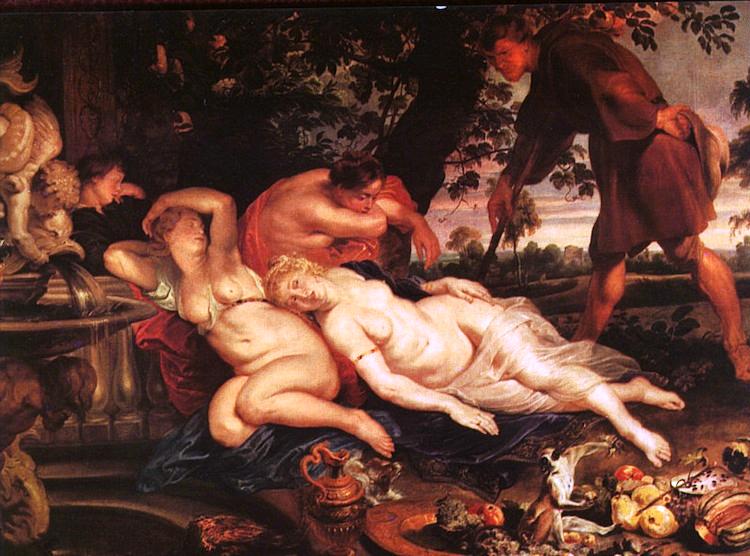
Austria, Vienna, Cimon and Iphigenia
Rembrandt Harmenszoon van Rijn, 1606 – 1669
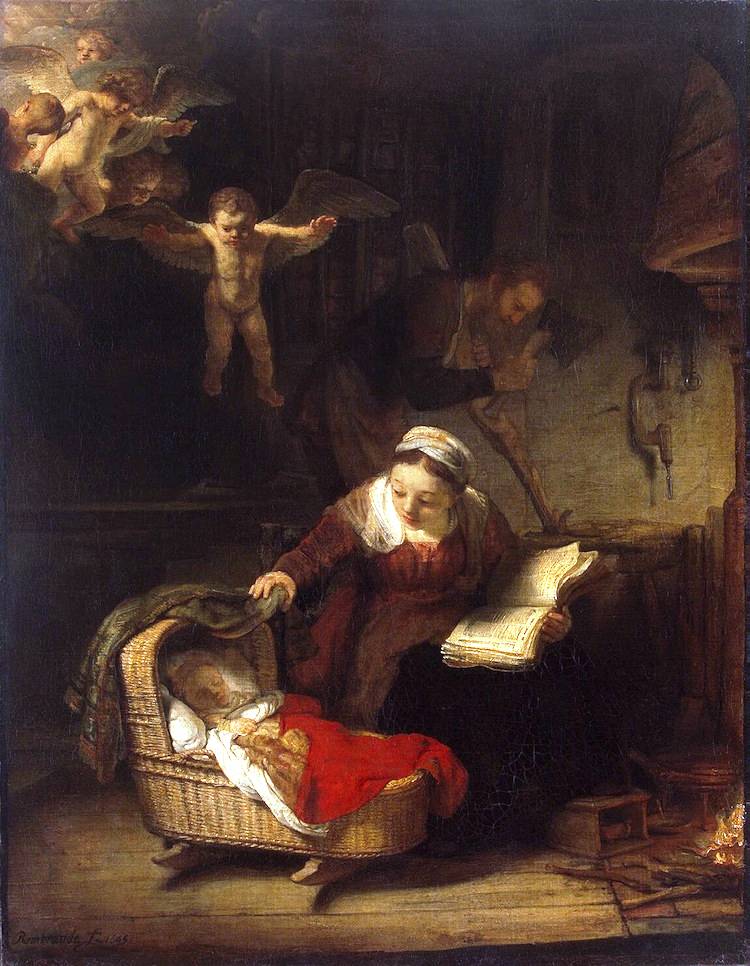
The Holy Family
Rembrandt was a great rival of Rubens and the leading Dutch artist of his time and in the centuries that followed. He was a pervasive artist who dabbled in sketching, oil painting and etching. Rembrandt’s Baroque paintings depicted biblical scenes, history, and self-portraits – a departure from the landscapes and still lifes his contemporaries painted. True to Baroque period style, his works were dramatic and dynamic, and he was a master at handling glowing light against dark backgrounds, and using thick brush strokes to emote on the canvas.

The Anatomy Lesson of Dr. Nicholaes Tulp
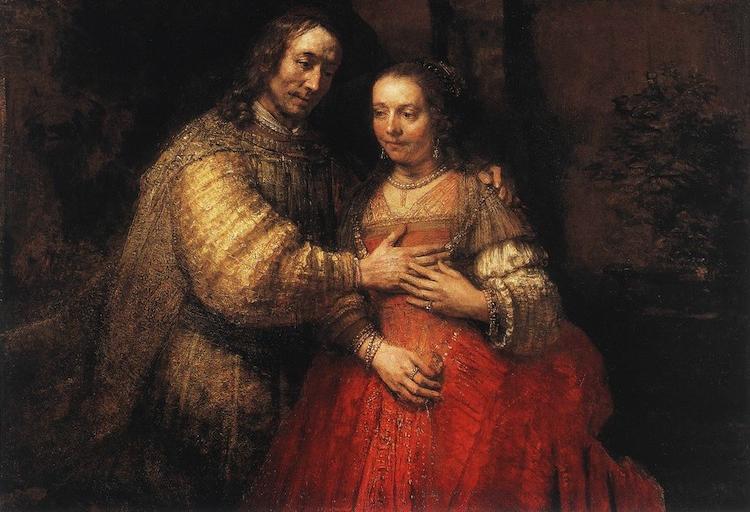
The Bridal Couple
Baroque Period Artists: Gian Lorenzo Bernini, 1598 – 1680
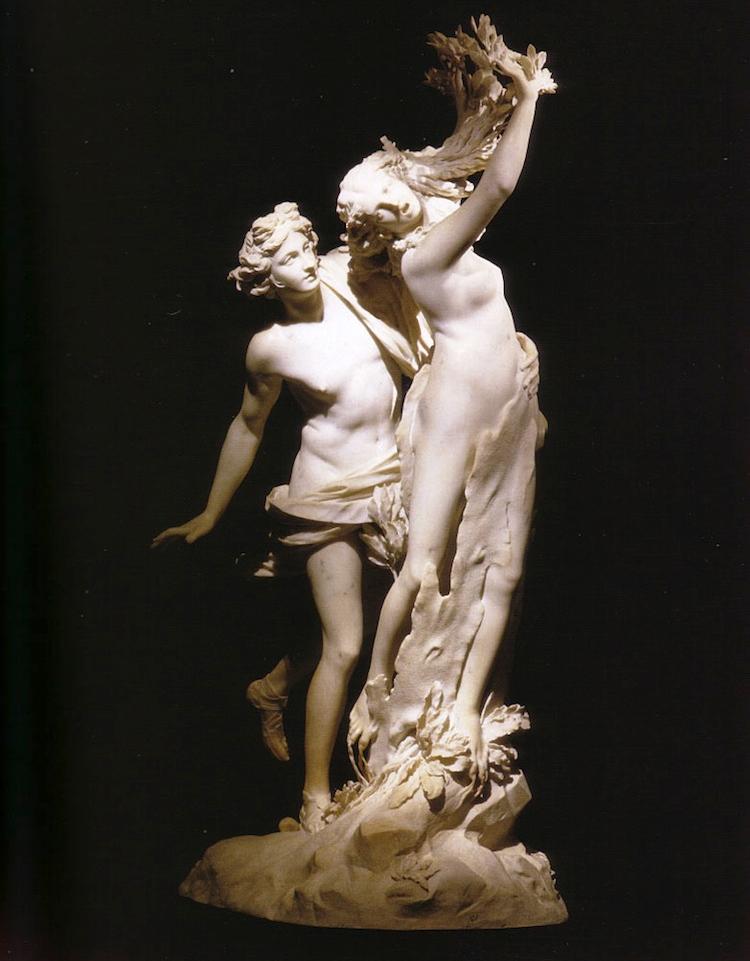
Apollo and Daphne
Bernini was an Italian artist, the leading sculptor and architect of his age, and the successor of the renowned Michelangelo. His work was defined by his ability to combine dynamism, intense emotion and naturalism – the defining features of Baroque art – in his marble masterpieces. These pieces marked a clear departure from the austere, classical sculptures that lacked fluidity.
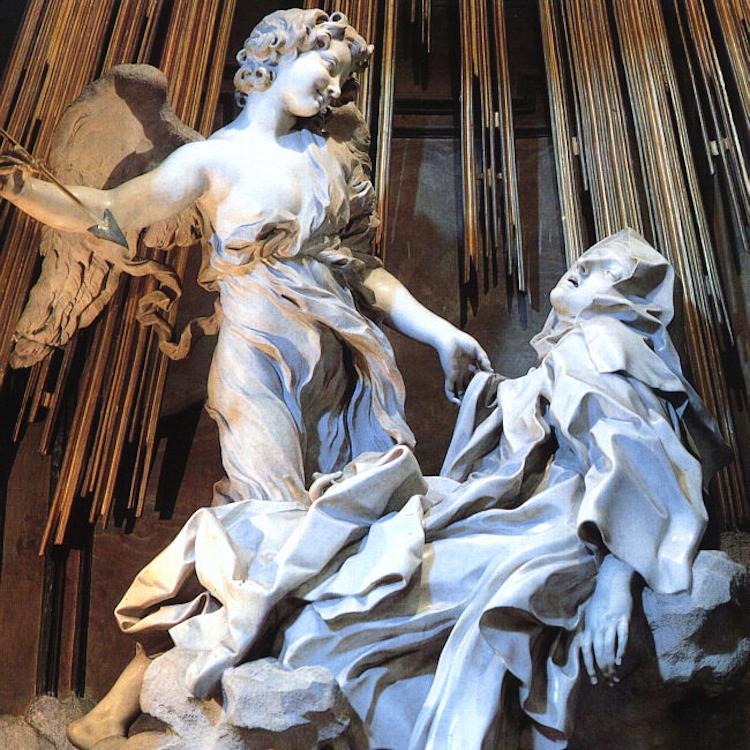
The Ecstacy of St. Theresa
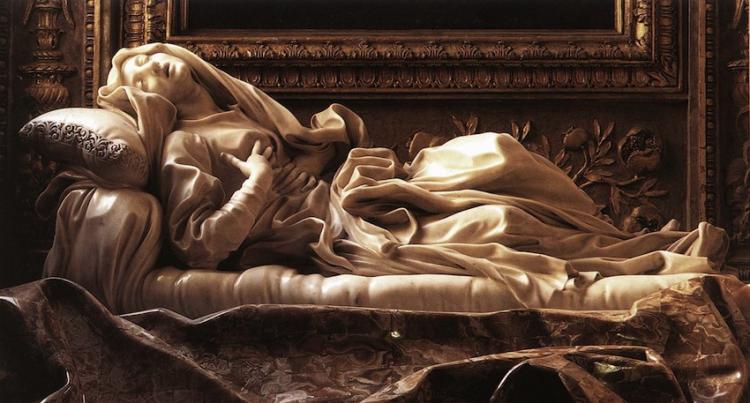
Beata Ludovica Albertoni
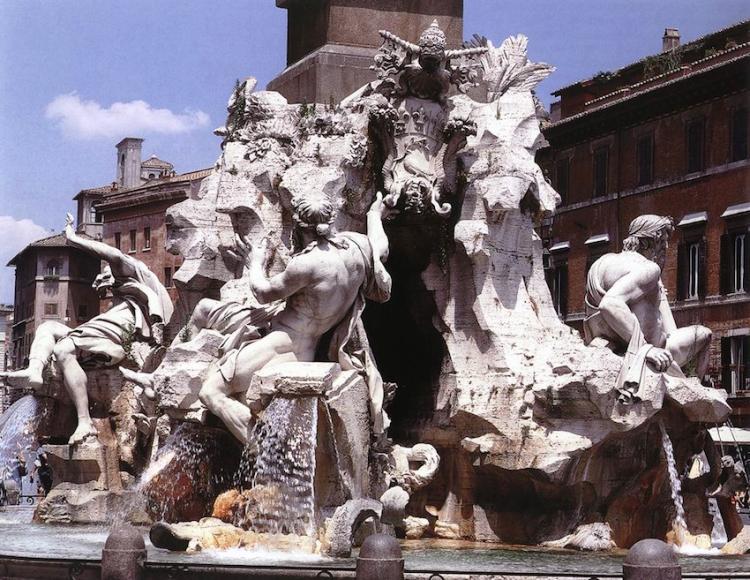
The Fountain of the Four Rivers
If you enjoyed learning about the art and artists of the Baroque Period, be sure to read our article on the secrets of the Mona Lisa and the Rococo movement.





